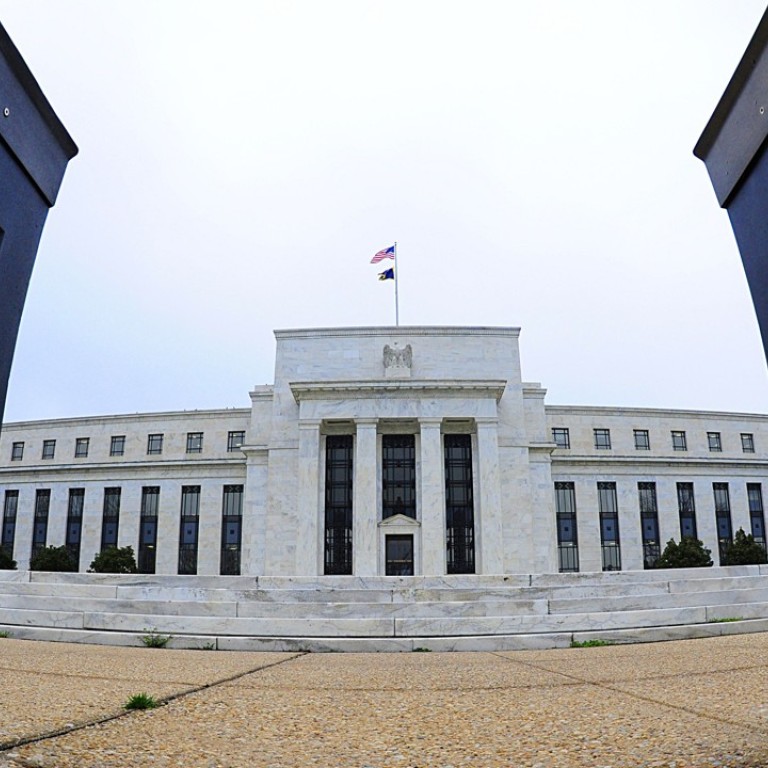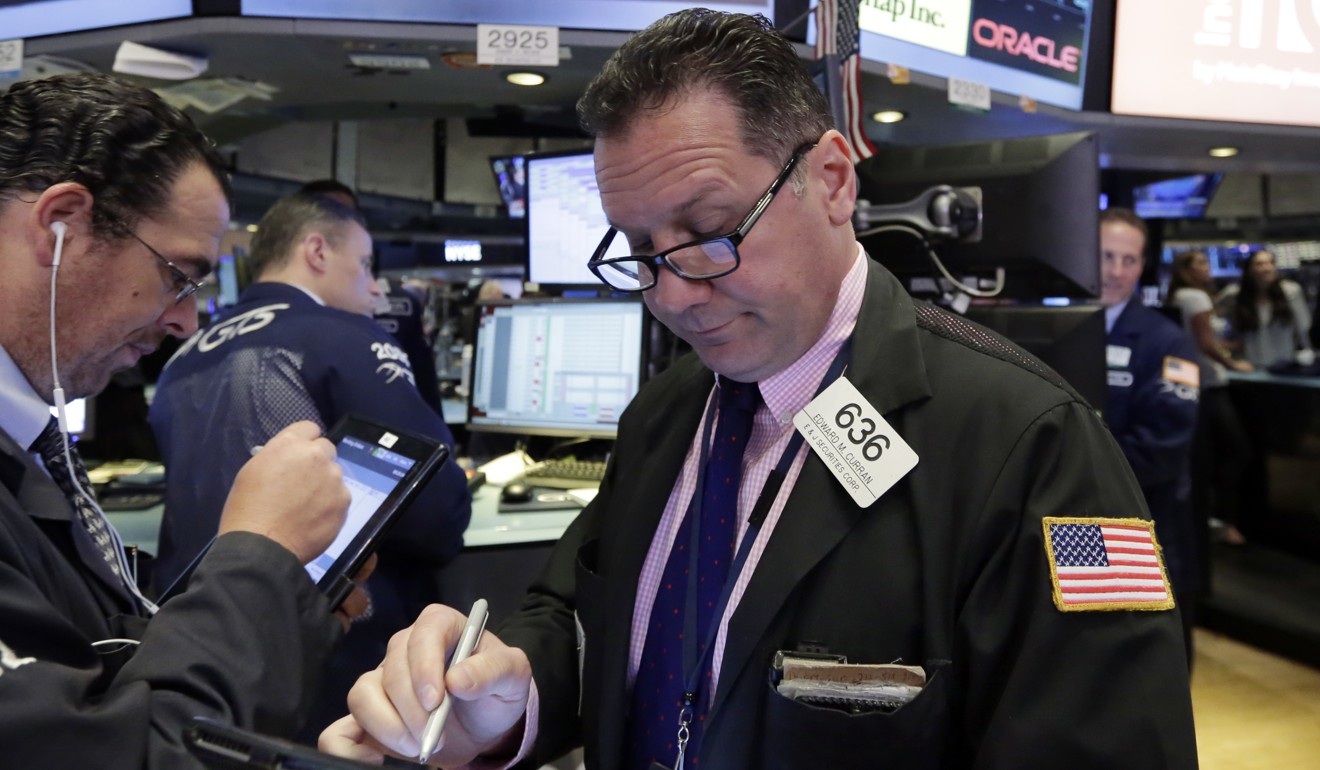
Rifts over central banks’ monetary policy couldn’t be happening at a worse time
In the space of three days, worries about policy missteps on the part of central banks have intensified. Once again, the Fed has lost credibility with markets
If one of the central aims of the world’s leading central banks is to instil confidence in their policies among international investors, then last week was not their finest hour.
On Wednesday, the US Federal Reserve brushed aside mounting concerns in financial markets about falling inflation and weaker-than-expected growth by raising interest rates and, more surprisingly, sticking to its forecast for another rate rise later this year and providing details of its plan to unwind its US$4.5 trillion balance sheet.
The day after, discord deepened over the conduct of monetary policy at the Bank of England. Three of the eight members of the central bank’s monetary policy committee disagreed with the decision to keep rates on hold – the highest level of dissension in six years – as inflation grew at its fastest rate since June 2013, contributing to the slowdown in Britain’s economy stemming from voters’ decision a year ago to leave the European Union.
Then on Friday, the Bank of Japan refused to be drawn on its strategy for scaling back its four-year-old quantitative easing programme despite a clamour for details from politicians and investors, including Japan’s life insurance industry, one of the biggest holders of the country’s bonds.
In the space of three days, worries about policy missteps on the part of central banks – the dominant force influencing market sentiment because of the extent of the distortion in asset prices stemming from years of ultra-loose monetary policy – have intensified.
These concerns foreshadow what is almost certain to be more severe tensions between markets and central banks once Europe and Japan join the US in beginning the process of “normalising” monetary policy.
The renewed tensions between markets and the Fed are particularly troubling, given the influence that US monetary policy exerts over markets and, just as importantly, the actions of other central banks.
The European Central Bank is already engaged in a fierce debate over the precise timing of when to announce a decision on scaling back, or “tapering”, its quantitative easing programme.
A rapidly improving outlook for the euro-zone economy is emboldening the “hawks” on the ECB’s governing council, led by Germany, to push for a commitment to start withdrawing stimulus in September despite subdued inflation across the bloc.
The dilemma for the world’s main central banks is a familiar one – getting the balance right between countering inflationary pressures and supporting growth – but is being made much more acute by the huge pressures and uncertainties related to reversing crisis-era monetary policies.
The renewed tensions between markets and the Fed are particularly troubling, given the influence that US monetary policy exerts over markets and, just as importantly, the actions of other central banks.
The Fed’s controversial decision last week to treat the recent decline in the main gauges of US inflation as “transitory” in the face of persistently sluggish wage growth and, more recently, a plunge in oil prices to their lowest level since late November has convinced Bank of America Merrill Lynch that the US central bank risks “sleepwalking into a policy mistake” if interest rates adjusted for inflation (or real rates) start to rise, crimping growth further.

Larry Summers, a former US treasury secretary, echoed this view in a Washington Post blog last week. He claimed the Fed was overly optimistic about meeting its 2 per cent inflation target and should instead stick to the paradigm of “shoot only when you see the whites of the eyes of inflation”.
In a sign of the extent to which bond markets believe the Fed is committing a policy error, so-called “break-even rates” of inflation – a market gauge of consumer prices based on comparing yields on inflation-protected against conventional Treasuries – have fallen to their lowest levels since the US presidential election.
Simply put, the Fed has once again lost credibility with markets.
This threatens to undermine investor sentiment – particularly in overly buoyant global equity markets – and makes it even more difficult for other leading central banks, especially the ECB, to prepare the ground for exiting ultra-loose monetary policy,
While “reflationists” had the upper hand in markets as recently as February, “disinflationists” are now holding sway.
Even in Britain, where inflation has surged to just below 3 per cent – significantly above the Bank of England’s 2 per cent target – the mounting pressure for a rate rise within the monetary policy committee has been sharply criticised by investors because of the slowdown in the economy.
The timing of this erosion in market confidence in monetary policy could not be worse.
The last thing the world’s main central banks need right now is an investor backlash just as they begin, or contemplate, normalising policy. Yet this is what is starting to happen.
Nicholas Spiro is a partner at Lauressa Advisory

